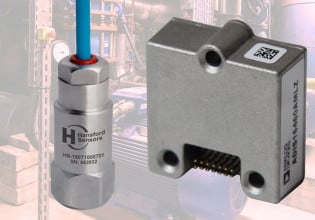Let's say we have 3 redundant pressure transmitters and we want to use them to generate a 2oo3 high high pressure trip. Instead of the standard way of making this logic, we can first select the middle of the three analog signals (the median). Then have a single PAHH block (instead of three PAHH blocks). This arrangment can be easier to implement when we have complex calculations. I know that Honeywell, as an exmaple, has a standard MIDOF3 block in its advanced process control. For "control" purposes this is perfectly possible.
My question is does this arrangement (if implemented in a safety system) provide the same integrity level as the standard 2oo3 logic?
My question is does this arrangement (if implemented in a safety system) provide the same integrity level as the standard 2oo3 logic?






